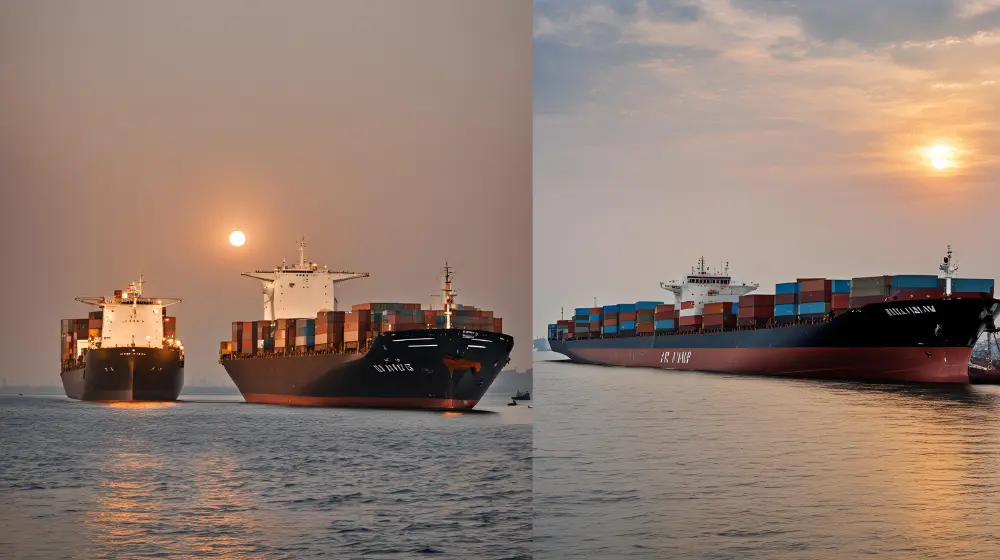Ocean Transport

Ocean Transport Services
Ocean freight is a cornerstone of India's logistics industry, facilitating the movement of goods across continents and supporting international trade. With its extensive coastline and strategic location, India has developed a robust network of ports and shipping services that play a critical role in global supply chains. Major ports such as Mumbai, Chennai, Kolkata, and Mundra serve as key hubs for ocean freight, handling a significant volume of cargo each year.
Benefits of Ocean Freight
Ocean freight offers several benefits that make it an essential component of modern logistics and supply chain management. These benefits include:
Ocean freight is generally more economical than air freight, especially for transporting large volumes of goods. This makes it a preferred choice for businesses looking to minimize transportation costs.
Capacity
Ships can carry a substantial amount of cargo, including heavy and bulky items that may not be feasible to transport by air or land. This high capacity is ideal for industries like manufacturing and construction.
Versatility
Ocean freight can accommodate a wide variety of cargo types, including containers, bulk commodities, liquid goods, and oversized items. Specialized vessels and containers ensure safe transportation of different types of goods.
Environmental Impact
Per ton of cargo transported, shipping is one of the most environmentally friendly modes of transportation. It has a lower carbon footprint compared to air and road transport, contributing to sustainable logistics practices.
Global Reach
Ocean freight services connect ports worldwide, providing extensive international coverage. This global reach enables businesses to engage in international trade and expand their market presence.
How it works?
01 . Booking and Documentation
The process starts with booking the cargo with a shipping line or a freight forwarder. Shippers must prepare necessary documentation, including: Bill of Lading (BOL), Invoice, Packing List, Customs Documentation
02 . Pickup and Transportation to Port
The logistics provider arranges for the pickup of goods from the shipper’s location. The cargo is then transported to the nearest port with ocean freight handling capabilities.
03 . Port Handling and Customs Clearance
At the port, the cargo undergoes handling procedures to prepare it for loading onto a vessel. For international shipments, customs clearance is mandatory. This involves: Export Customs Clearance, Import Customs Clearance
04 . Storage and Handling at Port
Ports have dedicated facilities for handling and storing ocean cargo. This includes specialized areas for different types of goods such as containers, bulk cargo, and refrigerated items. Advanced handling equipment ensures efficient loading and unloading of cargo onto ships.
05 . Loading onto Vessel
The cargo is then loaded onto the vessel. This process is carefully managed to maximize space utilization and ensure the safety of goods during transit.
06 . Transportation by Sea
Once loaded, the vessel transports the goods to the destination port. Ocean freight offers cost-effective transportation over long distances, though it involves longer transit times compared to air freight.
07 . Unloading and Customs Clearance at Destination
Upon arrival at the destination port, the cargo is unloaded from the vessel. For international shipments, the goods must clear import customs, involving inspection and verification of documentation.
08 . Final Delivery
After customs clearance, the logistics provider arranges for the final delivery of goods to the recipient’s location. This involves coordination with local transport providers to ensure timely delivery.

